Neurology
Describes etiologies and pathophysiology of the condition, including secondary conditions and medications that can cause or accentuate RLS. Reviews how to accurately diagnose RLS, nonpharmacologic measures, and details pharmacologic agents used to treat intermittent, daily, and refractory RLS.
Differential diagnosis of Alzheimer's disease, dementia and delirium, diagnostic tests in differental diagnosis, and identifying underlying condititions that can cause dementia are discussed. Covers drugs to treat cognitive symptoms, managment of agitation and behavioral symptoms, patient management, and support services.
Clinically focused text discusses diagnosis, timing of treatment initiation, and treatment regimen options. Detailed tables on neurologic disorders are provided to assist in differential diagnoses. Guidance is provided on how to best manage initial occurrence of MS and relapses with case study examples. Treatment of symptoms and medical problems that often accompany MS is discussed, along with prognostic indications.
Diagnosis, evaluation, imaging, emergency evaluation and management, management of hemorrhagic stroke, therapies to restore or improve blood flow, neuroprotective therapies, and secondary prevention of stroke are discussed. Algorithms are presented for evaluation of suspected stroke, ordering of transesophageal or transthoracic echocardiography, assessment prior to treatment with rt-PA, and prevention of stroke.
Reviews diagnostic criteria for ADHD, including issues pertinent to the diagnostic criteria based on age: children (preschool & school age), adolescents, and adults. Methods for determining diagnostic criteria and importance of obtaining information from multiple sources are discussed. Differential diagnosis and comorbid conditions are also presented. Medications for ADHD are discussed in detail, including titration methods, dosing, pharmacokinetics, benefits, and side effects. Psychosocial treatments are presented and alternative treatments reviewed.
A practical source of clinical information about drugs for the treatment of epilepsy, intended for physicians who care for patients with epilepsy. Consists of 19 tables and figures, with information including seizure classification and risk, epilepsy syndromes, and the classification and use of antiepileptic drugs.
Provides a review of all of the mechanisms of action (MOA) of each of the classes of antiepileptic drugs. This is a graphic-intensive text, with detailed illustrations of the various MOA. Introductory and concluding chapters discuss the relevance of MOA to clinical practice. A brief review of neurophysiology of normal and epileptic neurons is followed by individual chapters dedicated to the MOA of each class of antiepileptic drug.
Provides the clinician with the concepts involved in effective management of Parkinson's disease. The diagnosis of PD is reviewed, as well as differential diagnosis. Pharmacologic management is the main focus of the book with detailed information on the efficacy of available drug therapies. Management of complications of PD and their therapy and surgical treatment options are reviewed.
Provides simple diagnostic methods and criteria to differentiate various types of headache. Headache treatment recommendations, both acute and prophylactic, are provided. Algorithms, patient-education materials, and tables and figures are included to assist in establishing the diagnosis and selecting appropriate therapy. A separate chaper is devoted to the management of headaches in women, including menstrual migraines.
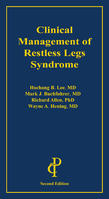
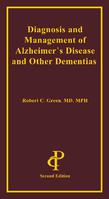
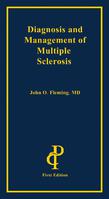
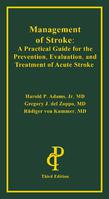
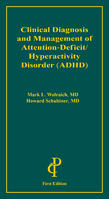
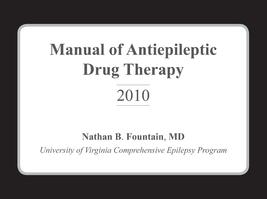
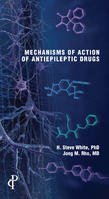

).jpg)